H. Alan Brangman
B.Arch. '75

Alan Brangman, headshot. photo / provided
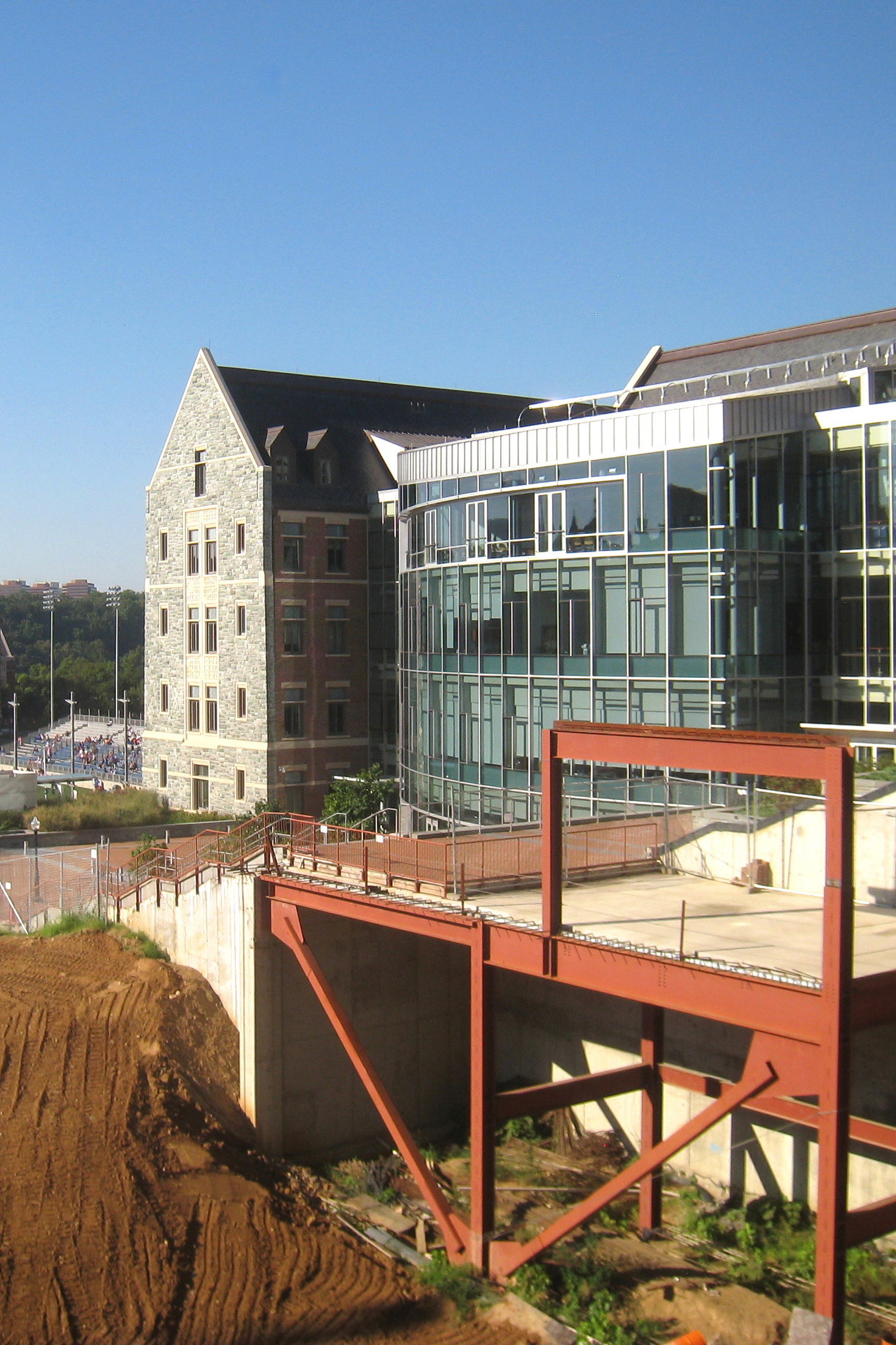
Georgetown University, construction site for Regents Hall and terrace (2010), Washington, DC. photo / Wikimedia Commons
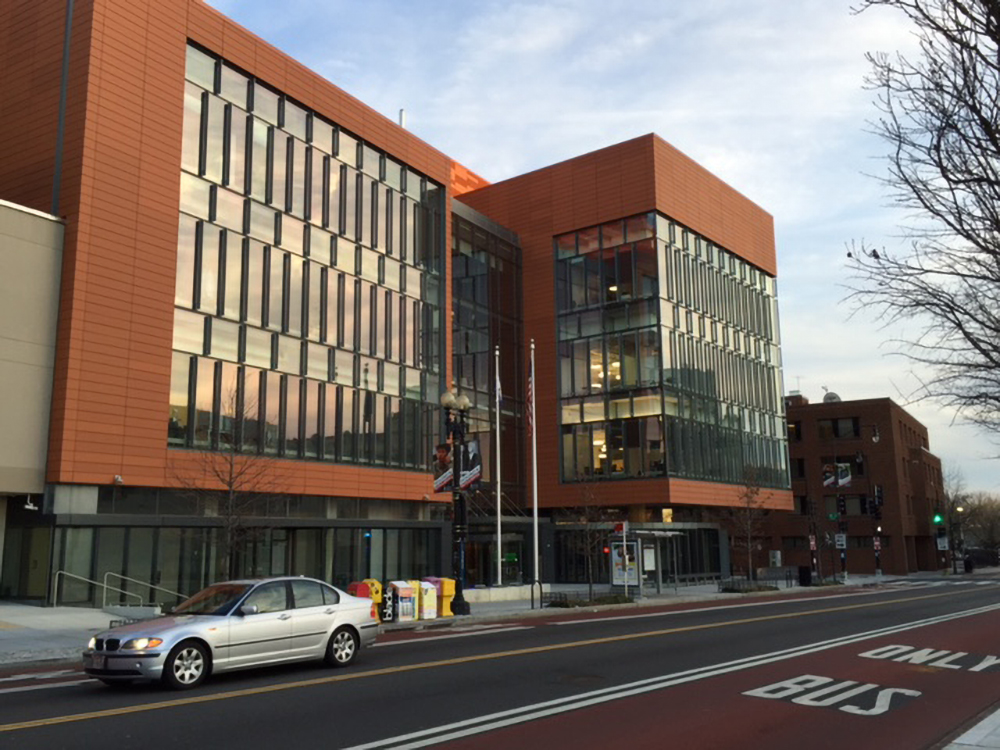
Howard University Interdisciplinary Research Building (Science), Washington, DC. RaEdits / Wikimedia Commons
Projects
Oliver Carr Company Buildings
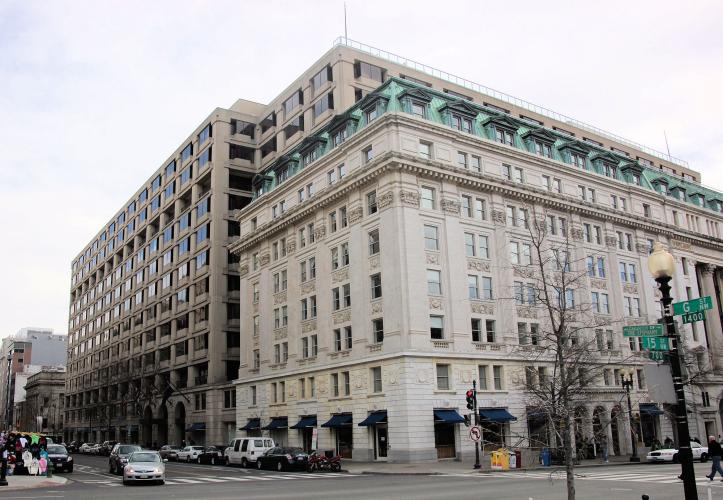
Alan Brangman (director of downtown development for Oliver Carr Company), Skidmore, Owings & Merrill (architects), Metropolitan Square (1983), view of north facade, 655 15th Street NW, 665,000-gross-square-foot development project of commercial office and restaurant/retail space, Washington, DC. Tim1965 / Wikimedia Commons

Alan Brangman (director of downtown development for Oliver Carr Company), Skidmore, Owings & Merrill (architects), Metropolitan Square (1983), view of south facade, 655 15th Street NW, 665,000-gross-square-foot development project of commercial office and restaurant/retail space, Washington, DC. Tim1965 / Wikimedia Commons

Alan Brangman (director of downtown development for Oliver Carr Company), Skidmore, Owings & Merrill (architects), Metropolitan Square (1983), view of upper levels on northwest facade, 655 15th Street NW, 665,000-gross-square-foot development project of commercial office and restaurant/retail space, Washington, DC. Tim1965 / Wikimedia Commons
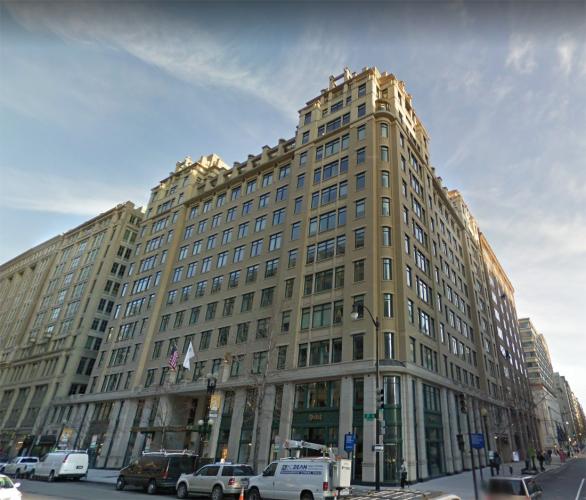
Alan Brangman (director of downtown development for Oliver Carr Company), David M. Schwarz Architects, Inc. (architects), 1201 F Street NW, 331,000-gross-square-foot development project of commercial office and retail space, Washington, DC.
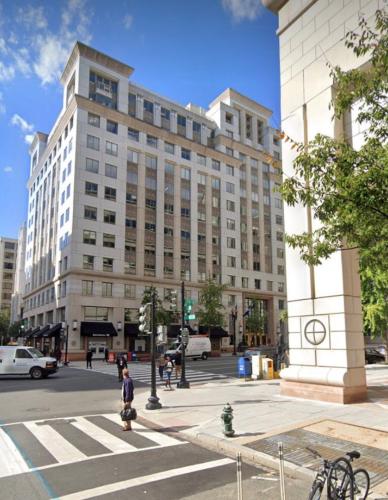
Alan Brangman (director of downtown development for Oliver Carr Company), Skidmore, Owings & Merrill (architects), Metro Center, 12th and G Streets NW, commercial office space, department store, and hotel, 2.3 million gross square feet, Washington, DC.
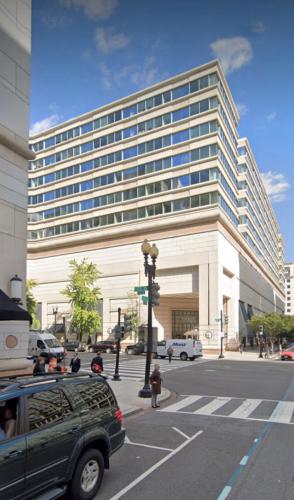
Alan Brangman (director of downtown development for Oliver Carr Company), Skidmore, Owings & Merrill (architects), Metro Center, 12th and G Streets NW, commercial office space, department store, and hotel, 2.3 million gross square feet, Washington, DC.

Alan Brangman (director of downtown development for Oliver Carr Company), Skidmore, Owings & Merrill (architects), Metro Center, 12th and G Streets NW, commercial office space, department store, and hotel, 2.3 million gross square feet, Washington, DC.

Alan Brangman (director of downtown development for Oliver Carr Company), Skidmore, Owings & Merrill (architects), MCI Headquarters, 1801 Pennsylvania Avenue NW, 294,000-gross-square-foot development of office and retail space, Washington, DC.
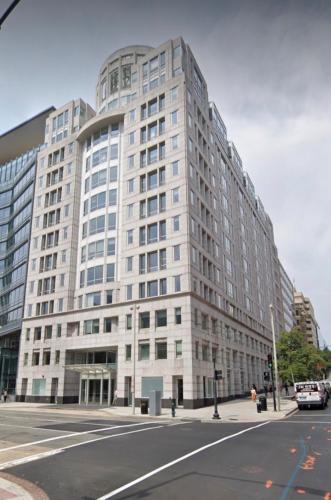
Alan Brangman (director of downtown development for Oliver Carr Company), Skidmore, Owings & Merrill (architects), MCI Headquarters, 1801 Pennsylvania Avenue NW, 294,000-gross-square-foot development of office and retail space, Washington, DC.
Georgetown University
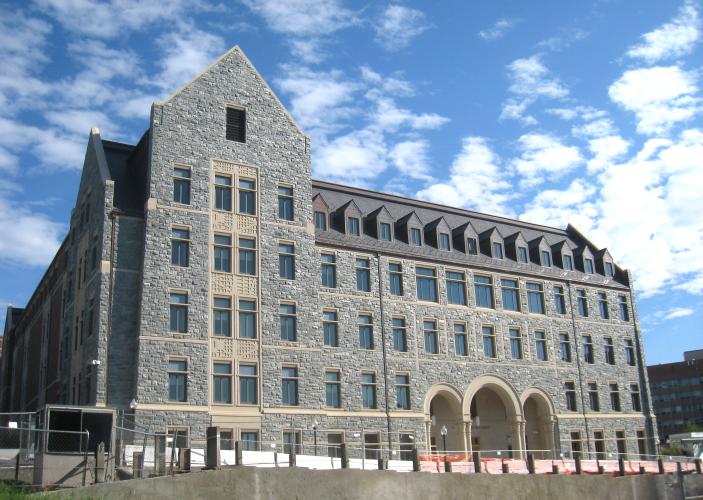
Alan Brangman (university architect for Georgetown University), Shepley Bulfinch (architects), Rafik B. Hariri Building (2009), 3700 O Street NW, 179,000 gross square feet, a five-story building that houses the McDonough School of Business and a two-level below-grade parking garage, Washington, DC. The building blends stone masonry and steel on the south facade. photo / Wikimedia Commons
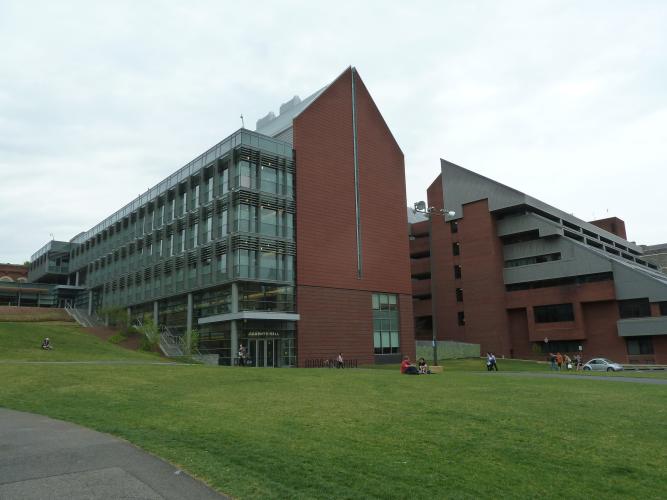
Alan Brangman (university architect for Georgetown University), Payette Architects (architects), Regents Hall Interdisciplinary Science Center, 3700 O Street NW, 154,000-gross-square-foot interdisciplinary science building for biology, chemistry, and physics, Washington, DC. The science center completed a quadrangle between the Hariri Building and Leavey Conference Center. Andmartalos / Wikimedia Commons
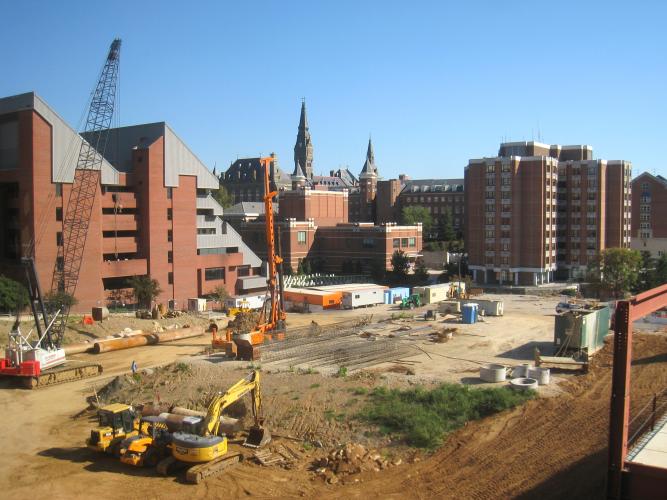
Alan Brangman (university architect for Georgetown University), Payette Architects (architects), construction site for Regents Hall Interdisciplinary Science Center (2010), 3700 O Street NW, 154,000-gross-square-foot interdisciplinary science building for biology, chemistry, and physics, Washington, DC. photo / Wikimedia Commons

Alan Brangman (university architect for Georgetown University), Robert A. M. Stern Architects (architects), McCarthy Hall dormitory in the Southwest Quadrangle, 3700 O Street NW, 1 million-gross-square-foot facility including residence halls, dining hall, Wolfington Jesuit Rectory, and a below-grade 1,000-car garage, Washington, DC. photo / Wikimedia Commons

Alan Brangman (university architect for Georgetown University), Robert A. M. Stern Architects (architects), Wolfington Hall Jesuit Residence in the Southwest Quadrangle, 3700 O Street NW, 1 million-gross-square-foot facility including residence halls, dining hall, and a below-grade 1,000-car garage, Washington, DC. Patrickneil / Wikimedia Commons
University of Delaware

Alan Brangman (university architect and campus planner for University of Delaware), Digsau Architecture (architects), Caesar Rodney Residences and Dining Hall, Newark, DE.

Alan Brangman (university architect and campus planner for University of Delaware), ABHA Architects (architects), Eliphalet Gilbert and Louis L. Redding Residence Halls, Newark, DE.
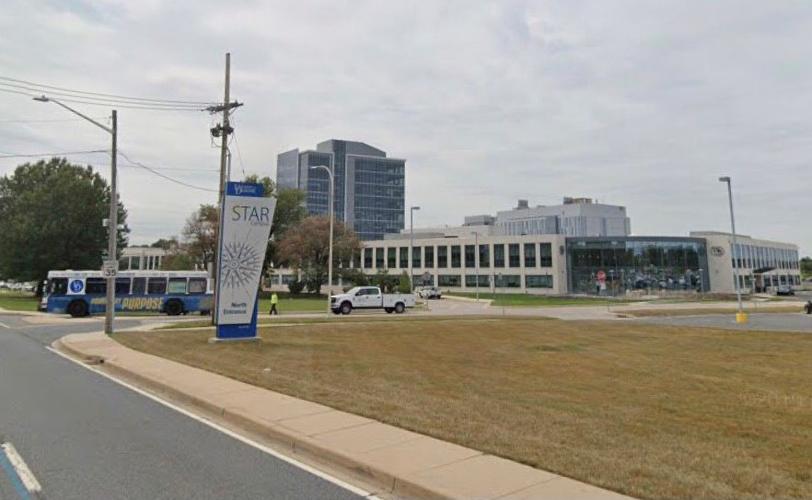
Alan Brangman (university architect and campus planner for University of Delaware), Ayers Saint Gross, Elkus Manfredi Architects, Sasaki, Bernardon Architecture (architects), University of Delaware Science, Technology, and Advanced Research (STAR) Campus, Newark, DE.

Alan Brangman (university architect and campus planner for University of Delaware), Hughes Architects (architects), Bob Carpenter Fitness Center, Neward, DE.
Howard University

Alan Brangman (Associate Vice President of Facilities, Real Estate and University Architect), HDR Architecture (architects), Interdisciplinary Research Building (Science), Washington, DC. RaEdits / Wikimedia Commons
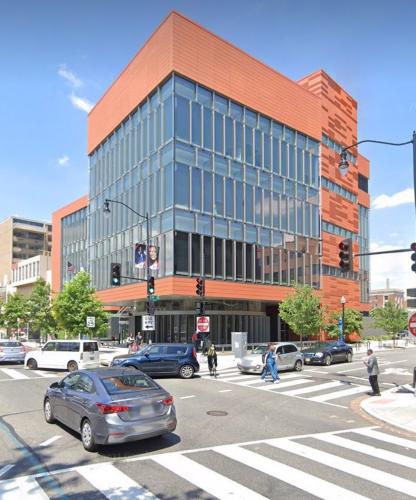
Alan Brangman (Associate Vice President of Facilities, Real Estate and University Architect), HDR Architecture (architects), Interdisciplinary Research Building (Science), Washington, DC.
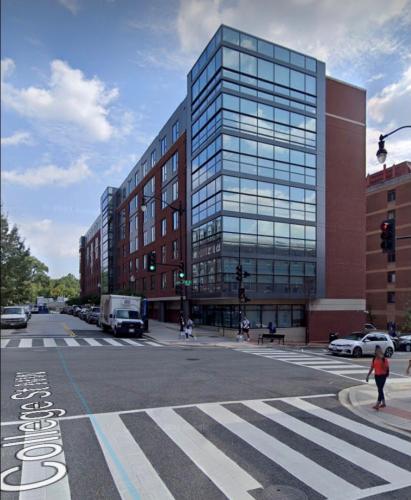
Alan Brangman (Associate Vice President of Facilities, Real Estate and University Architect), McKissack & McKissack (architects), College Hall North Residence, Washington, DC.
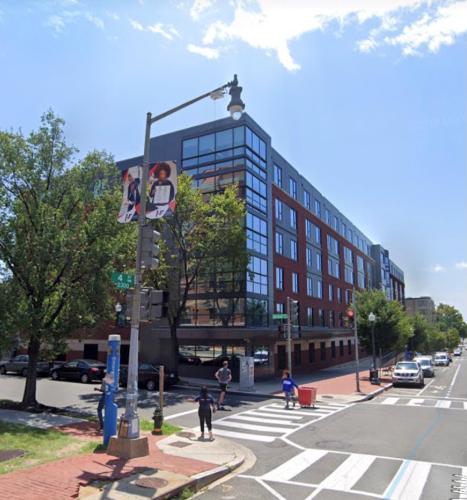
Alan Brangman (Associate Vice President of Facilities, Real Estate and University Architect), McKissack & McKissack (architects), College Hall South Residence, Washington, DC.
Color: Lorem ipsum dolor sit amet, consectetur adipisicing elit. Distinctio, eveniet?
